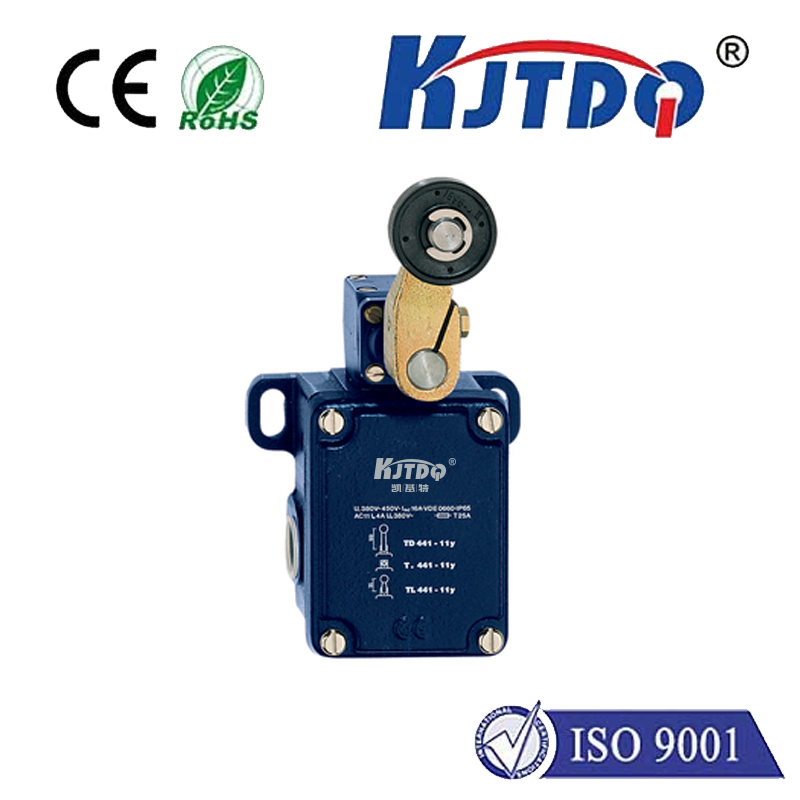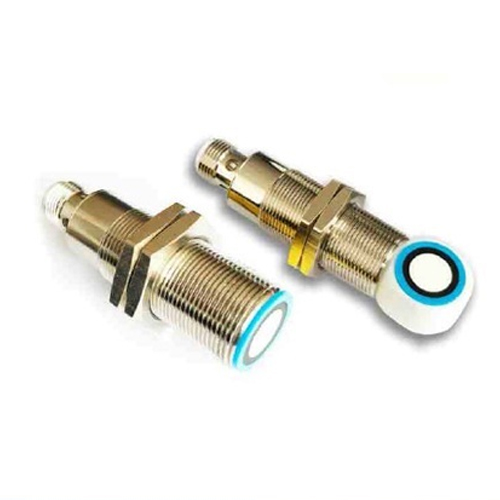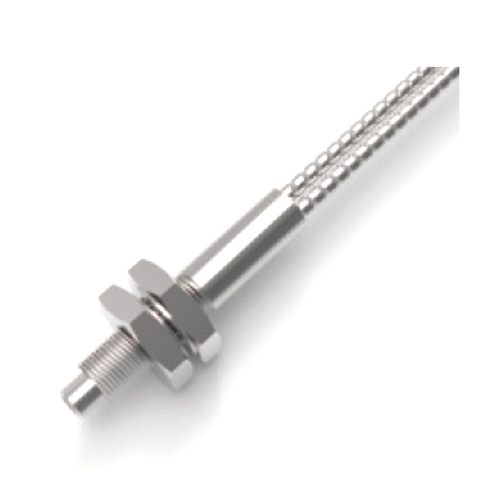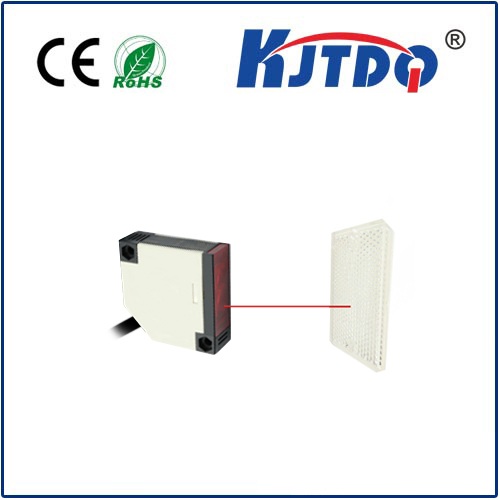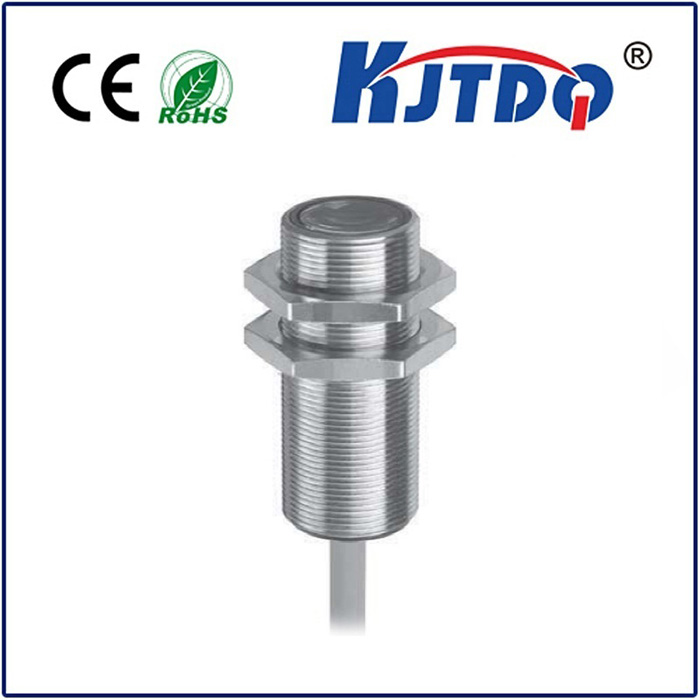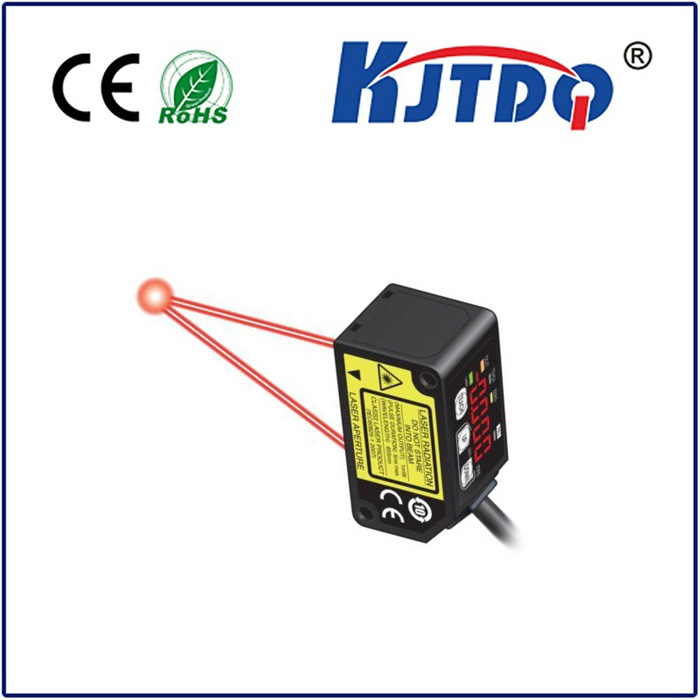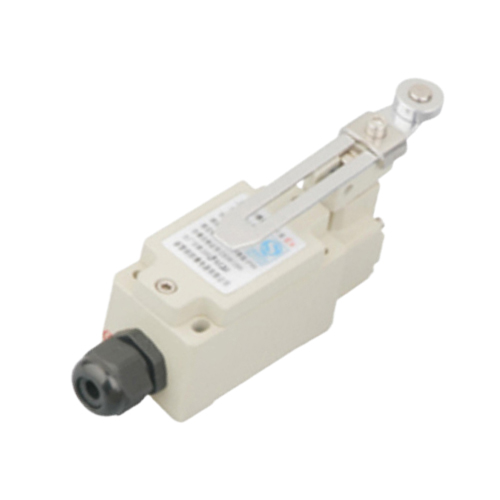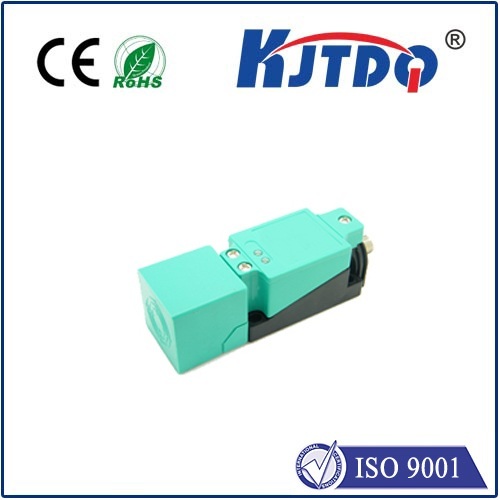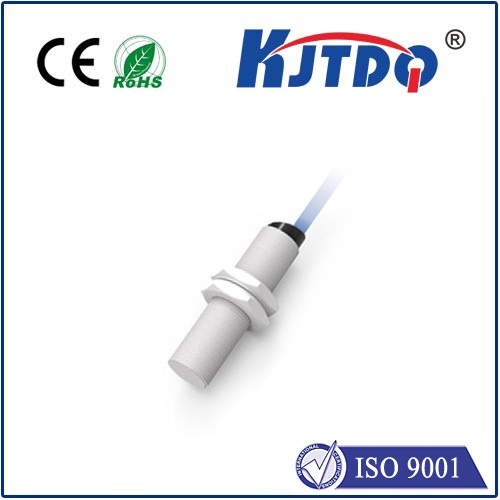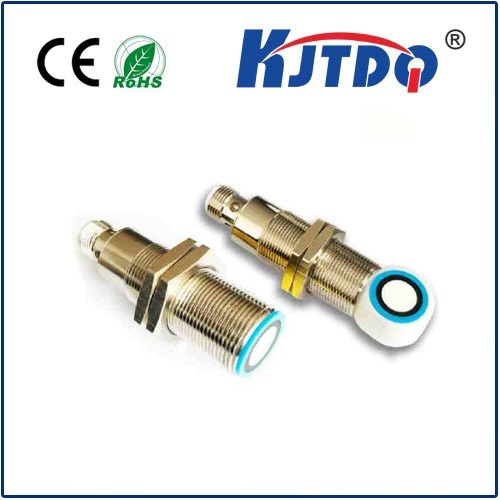

check

check

check

check
Imagine a hydraulic press exerting crushing force deep within an offshore drilling rig, or high-pressure fluid lines snaking through a modern aircraft’s engine bay. In these unforgiving environments, where pressure isn’t just a factor but a constant, overwhelming force, monitoring proximity reliably becomes a herculean task. Traditional sensors buckle, literally and figuratively, under the strain. This is the critical niche where the BHS0023 High Pressure Proximity Sensor emerges not just as a component, but as a mission-critical solution. Engineered specifically to thrive where pressures soar, it redefines reliability for industrial automation in the most demanding sectors: oil and gas exploration, heavy machinery, aerospace manufacturing, and high-pressure testing facilities.
At its core, the BHS0023 leverages a robust inductive sensing principle. Unlike optical sensors vulnerable to contamination or capacitive types sensitive to environmental changes, inductive proximity sensors excel in harsh conditions. They detect the presence or absence of metallic targets without physical contact, generating an electromagnetic field. When a metal object enters this field, eddy currents are induced, altering the field strength and triggering the sensor’s switch. What sets the BHS0023 apart is its exceptional engineering to withstand immense external pressure – ratings like 500 Bar (7250 PSI) or higher are common for such specialized sensors. This isn’t merely about surviving pressure; it’s about maintaining pinpoint accuracy and stable switching performance even when submerged in hydraulic fluid or subjected to the intense forces within a pressurized vessel.
The robust construction is paramount. The BHS0023 typically features a sealed housing, often crafted from high-grade stainless steel (like 316L) or even titanium, chosen for its incredible strength-to-weight ratio and corrosion resistance. This housing isn’t just sturdy; it incorporates sophisticated sealing technologies – multiple O-rings, specialized potting compounds, and welded seams – ensuring an IP68 or IP69K ingress protection rating. This means it’s completely dust-tight and can withstand prolonged submersion in water under high pressure, as well as high-pressure, high-temperature washdowns, crucial for food processing or chemical plants. Furthermore, the internal electronics are potted or encapsulated to shield delicate components from vibration shock and, critically, to prevent the external high pressure from distorting the sensor’s internal sensing field or damaging its circuitry.

Key specifications defining the BHS0023 High Pressure Proximity Sensor’s prowess include:
The applications demanding the unique capabilities of the BHS0023 Proximity Sensor are diverse and critical:
Choosing the BHS0023 is more than selecting a sensor; it’s an investment in uncompromising reliability and safety. Its intrinsic ability to function flawlessly under extreme pressure minimizes downtime caused by sensor failure, reduces maintenance costs associated with replacing less robust components, and crucially, enhances safety protocols by providing dependable feedback in hazardous environments. Features like explosion-proof certification (e.g., ATEX, IECEx) are often available or integral for use in potentially explosive atmospheres, adding another layer of critical protection. Its long-term stability ensures consistent operation over years of demanding service, delivering significant Total Cost of Ownership (TCO) advantages.
When integrating the BHS0023 High Pressure Proximity Sensor, adhering to best practices is vital. Ensure the specification precisely matches the maximum operating pressure and temperature of the application. Consider the required sensing distance, target material, and size constraints. Proper installation is non-negotiable: mounting should be secure and vibration-proof, electrical connections must be correct and protected, and environmental exposure limits respected. Regular testing and calibration, as part of a predictive maintenance schedule, can further extend its lifespan and guarantee peak performance.
In industries where pressure defines the boundaries of operation, the BHS0023 High Pressure Proximity Sensor stands as a testament to engineering excellence. It transforms extreme conditions from an insurmountable challenge into a manageable variable, delivering robust, accurate, and dependable non-contact sensing. By enabling precise control and critical safety functions where other sensors falter, it truly unleashes a new level of operational precision and resilience, ensuring machinery operates safely, efficiently, and reliably, no matter the pressure.
